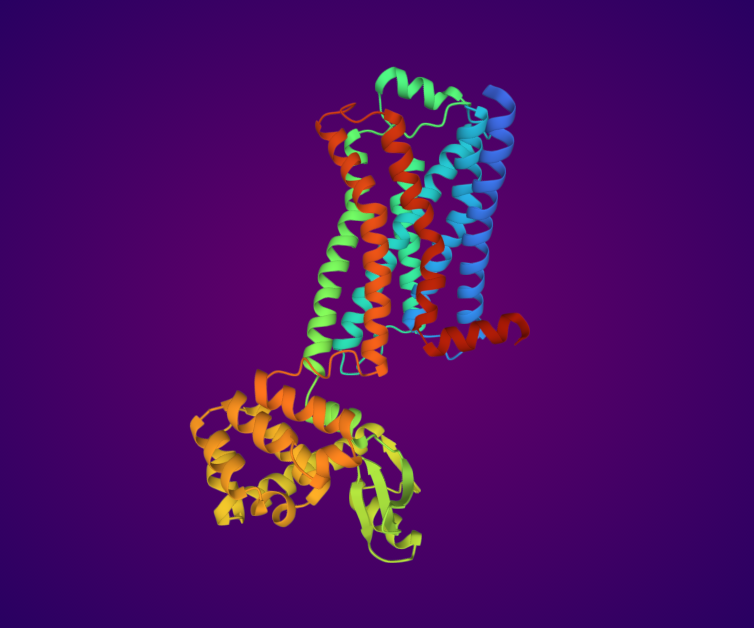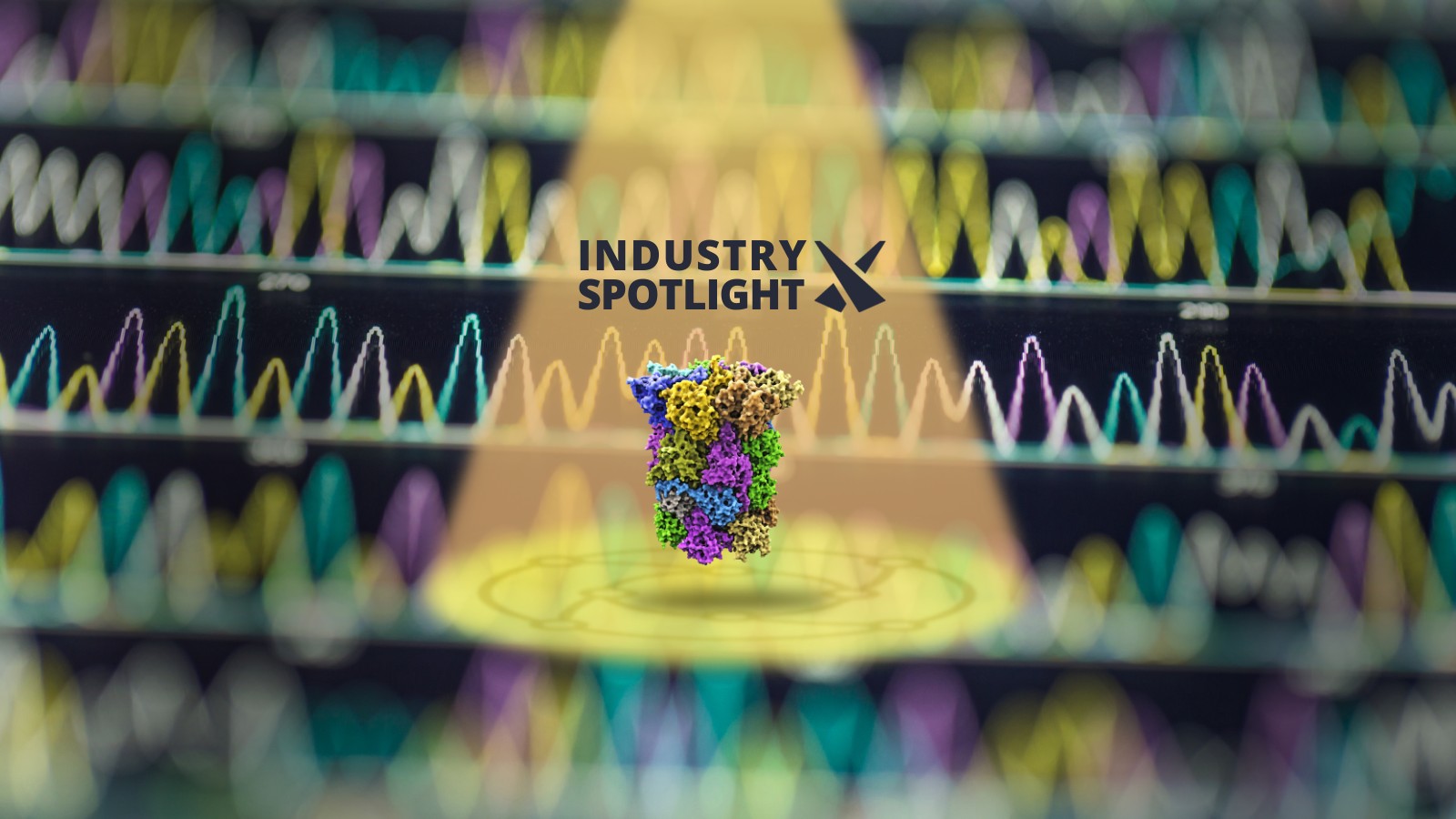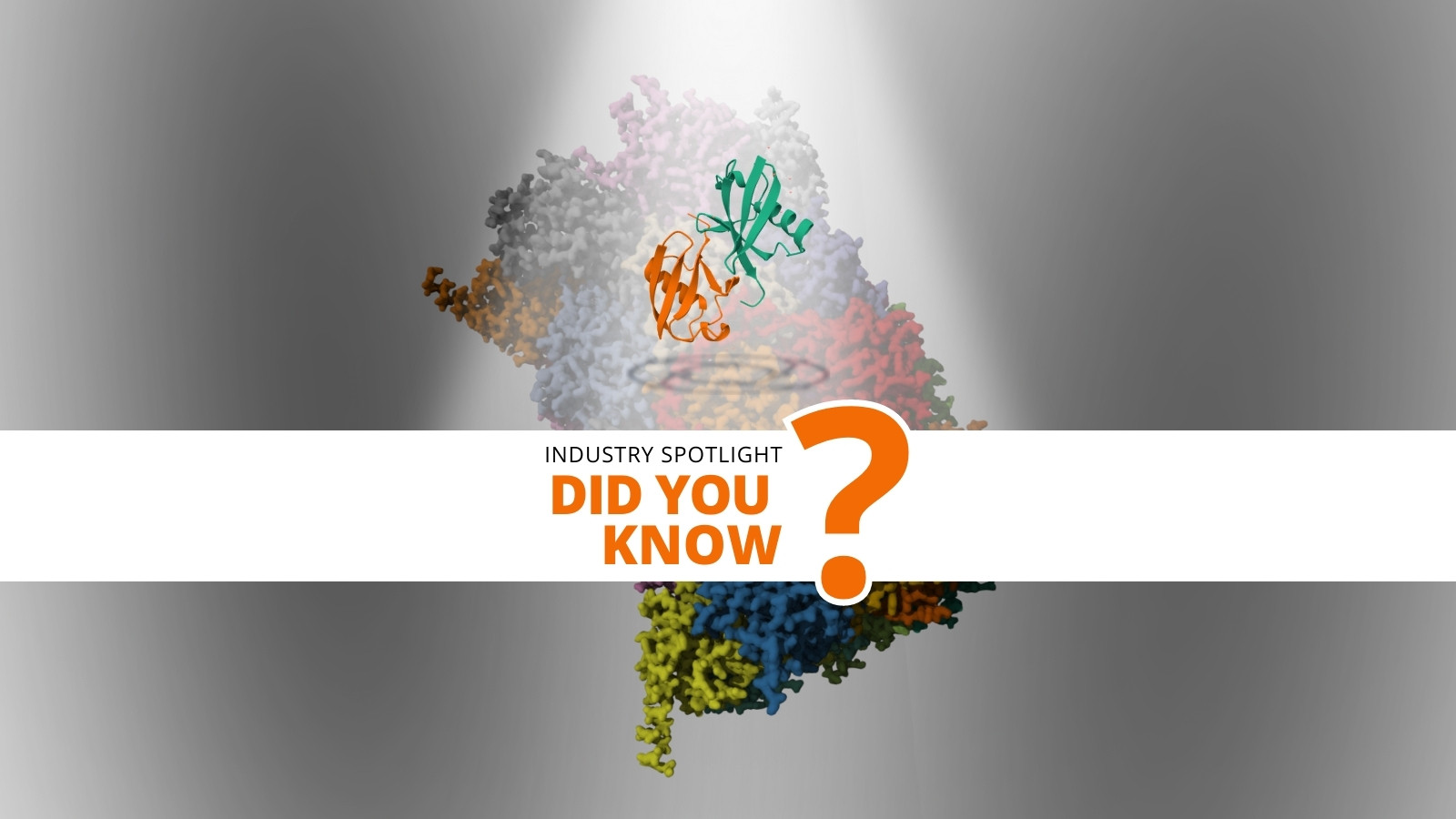Shooting for the StaRs: Stabilising GPCRs and Mapping Their Structure

At Oxford Global’s Drug Discovery UK 2021 conference, we showcased the technological innovations of biotech companies both small and large. Day two’s keynote address was given by Malcolm Weir, until recently Executive Vice Chairman of Sosei Heptares, who have developed a drug discovery platform that aims to tackle a prevalent problem in structure-based drug discovery.
GPCRs: The Structure Problem
G Protein-Coupled Receptors (GPCRs) are expressed on every cell in the body and play a critical role in mediating our physiological functions. Each GPCR is comprised of seven ?-helixes that cross the cell membrane, passing on messages like a communication gateway between the extracellular and intracellular domains of a cell. This makes them excellent targets for therapeutics and tackling diseases.
- AlphaFold: Momentary or Revolutionary?
- Predicting the Intricacies of Compound-Protein Interactions: Uses of Molecular Dynamics in Drug Discovery
- Using Innovative Approaches to Expand the Druggable Genome
The problem, however, is that these cell membrane receptors lose their structure when outside of the membrane and are too unstable to easily purify. This contributes to a lack of mechanistic information about GPCRs and their interaction with other compounds. Therefore, the drug discovery field is in need of technologies to shore up the structures of GPCRs, so that their ligand interactions can be analysed, and new drugs discovered.

Shoring Up the Structure of Membrane Proteins
Weir says that the vision of the company that he co-founded was to “put GPCRs and other membrane proteins on the same footing as a soluble protein, with the same advantages.” The company, Sosei Heptares, has developed a structure-based drug discovery (SBDD) platform that is buttressed by their Stabilised Receptor (StaR) technology.
StaR technology engineers single point mutations which reinforce the GPCR’s structure, allowing it to be removed from the cell membrane and ultimately purified. X ray crystallography and cryo-EM can then be used on StaR proteins to determine their shape and ligand interactions.
“This shifts the way in which you do GPCR structure-based drug design,” said Weir, “because you have a wealth of data you didn’t have before.” Weir said that Sosei Heptares have solved the structures of about 40 different receptors across the GPCR superfamily using their SBDD platform. Cryo-EM technology has vastly accelerated Sosei Heptares’s SBDD, allowing them to define the structures of more GPCRs to high resolution with bound ligands.
A New Era of Structure Based Drug Design
Sosei Heptares sees the potential in SBDD technology to discover new drugs that treat diseases such as Alzheimer’s disease, ADHD, metabolic disease, and schizophrenia. “All the usual drug design principles that you want to apply, you can now apply with great precision using the most cutting-edge tools because you have high resolution data to play with,” Weir reported.
The increased resolution allows for the modelling of water molecules – “a standout advance of computational chemistry.” Weir exemplified this with Sosei Heptares’s first clinical candidate – “you can see ‘unhappy’ waters displaced by the clinical candidate, HTL1071,” he said presenting a 3D diagram of their modelling.
The company also routinely use AI and ML methods to complement their SBDD – “we’re pushing the envelope on artificial intelligence; we’re on the frontier of AI and rational design,” mentioned Weir.
About the Company
When Cambridge off-shoot Heptares was acquired by the Tokyo-traded Sosei in 2015, the rate of output of clinical candidates increased. “That’s thanks to Sosei’s investment, and now we work very much as a single organisation without any barriers,” assured Weir. In the time since, the company has developed 25 preclinical and 10 clinical candidates.
Weir reported a healthy climb in milestone returns since Heptares’s acquisition. Their pipeline remains diverse and balanced, half partnered with pharma companies, and half developed in-house. The biotech’s Cambridge-based R&D centre consists of 150 researchers, which Weir believes is a good size for their goals.
Weir explained their areas of focus for their in-house pipeline: “GI immunology, neurodegeneration, and immunology broadly – not a rigid focus but one which enables us to develop translational and disease expertise, and to capture excellent GPCR targets both novel and best-in-class”.”
Want to hear from the experts in-person? Join and network with over 200 industry leaders at Discovery US: In-Person, where we will address the latest advancements in target identification, validation and HIT optimisation.
This article was edited by Tom Cohen





.png)

